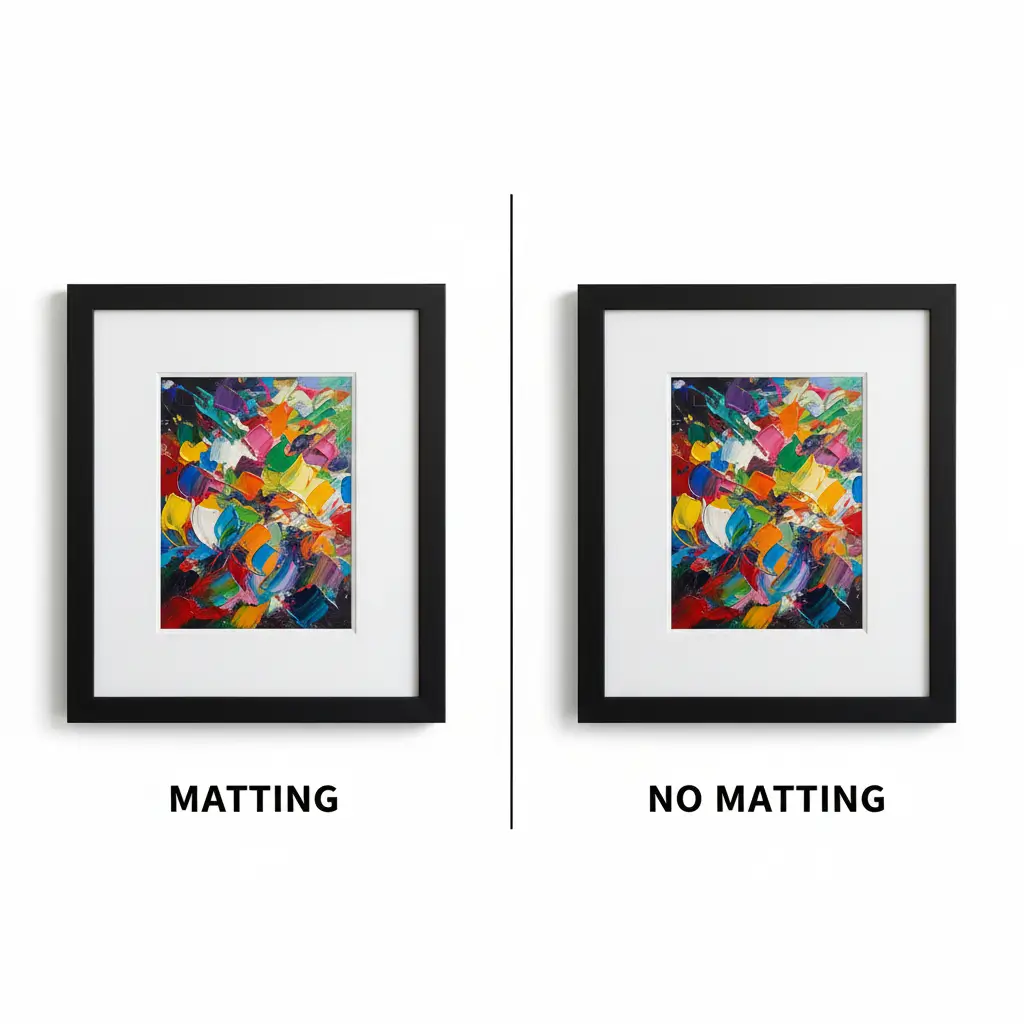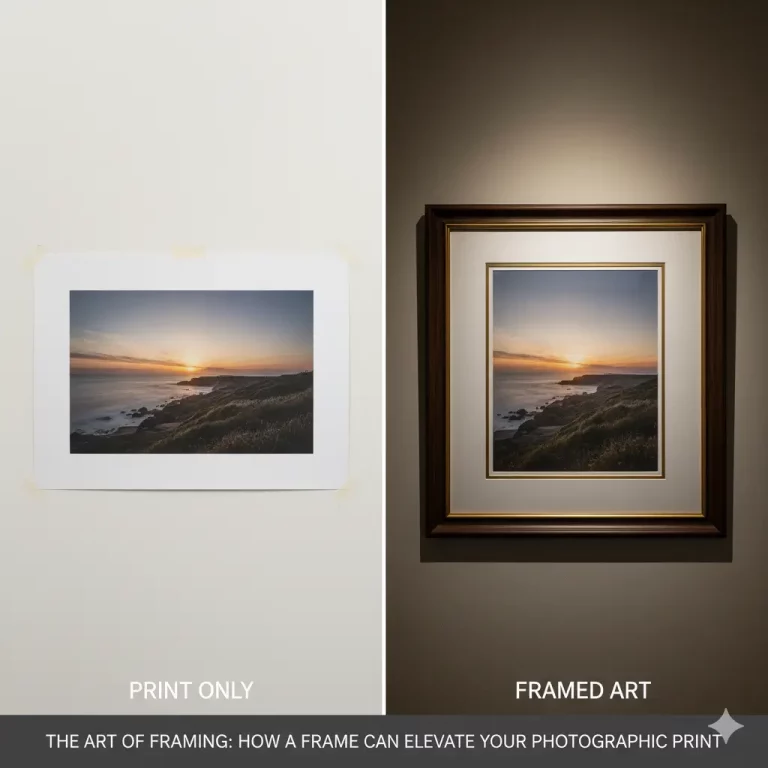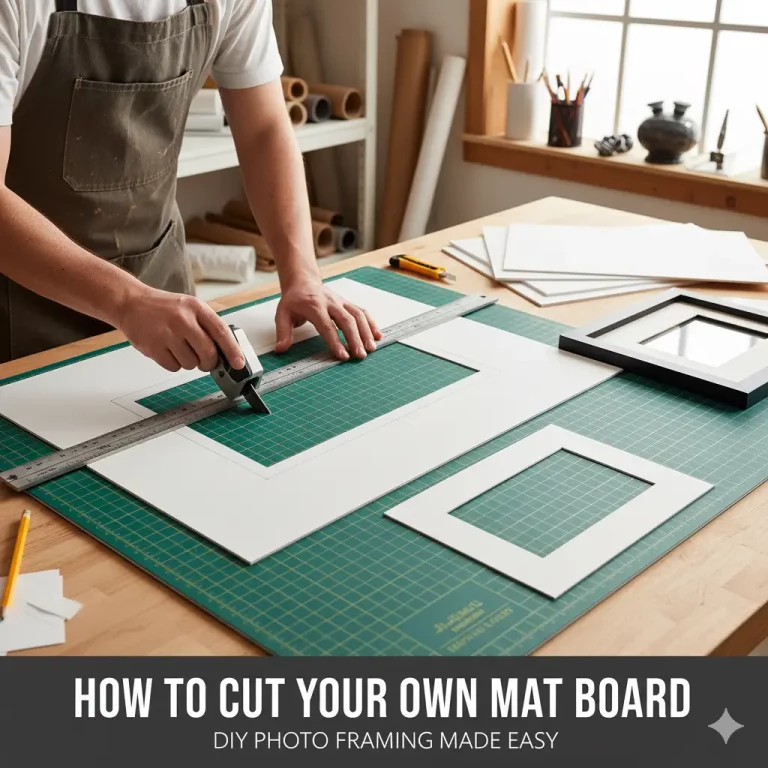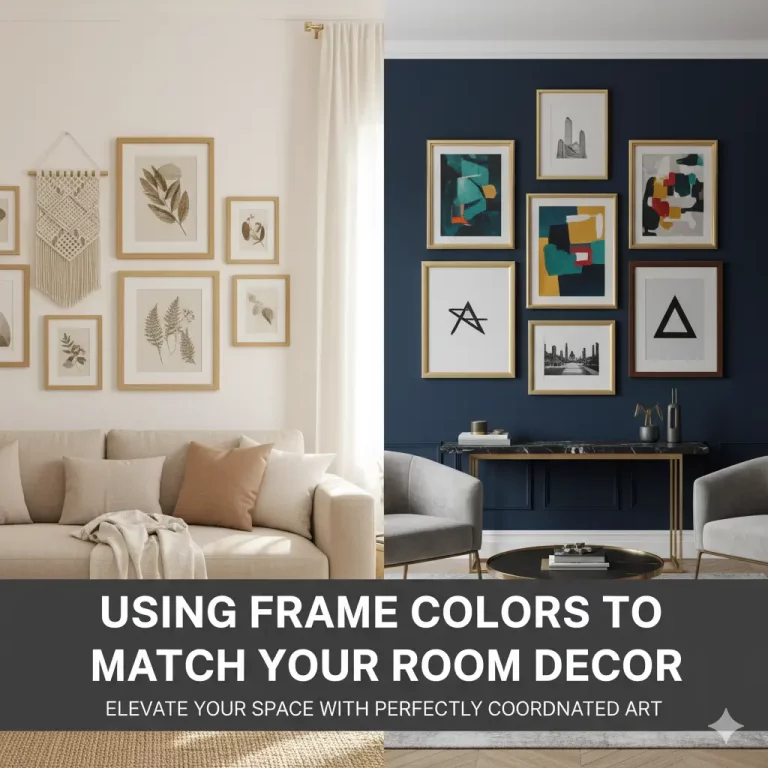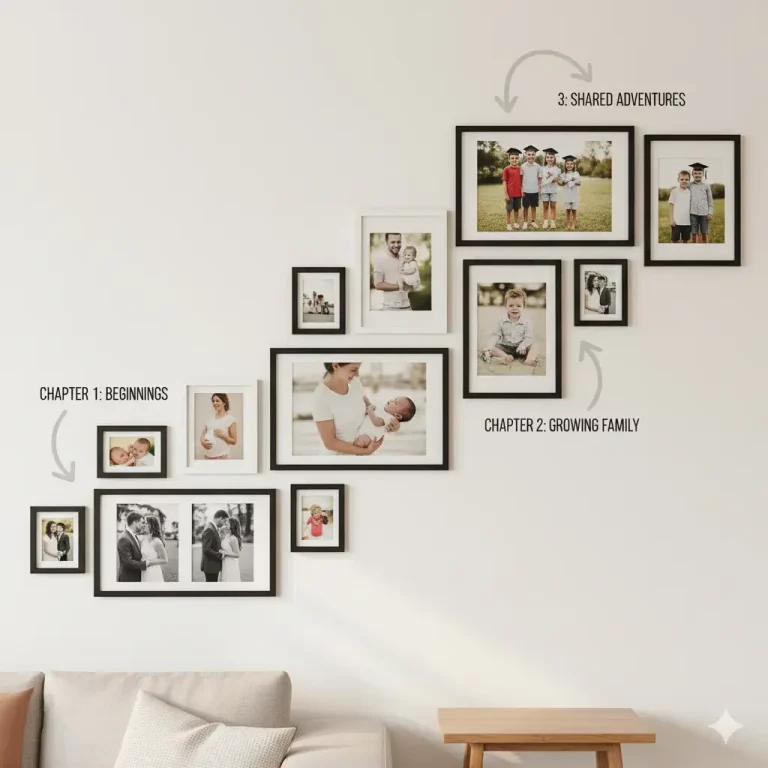When it comes to preserving and showcasing your treasured photographs or artwork, the way you frame your piece truly matters. One of the most impactful decisions is whether or not to use a mat. Photo frame matting isn’t just a design detail—it affects how your art is perceived and how well it stands the test of time. So, which approach is right for you?
In this guide, you’ll discover everything you need to know about photo frame matting versus full-bleed, mat-free framing. We’ll walk through the visual and protective benefits of mats, share expert tips, and help you choose the best method for your space and style. Along the way, you’ll find valuable resources—like this comprehensive design guide for beautiful frames and helpful ideas on creative collage frames—to enhance your framing project.
What Is Photo Frame Matting?
A mat, also called a passe-partout, is a sturdy, often acid-free border placed between your artwork and the glass or acrylic glazing. Its two main functions are:
- Elevating Presentation: Mats provide visual “breathing room,” drawing the eye to your photo or art rather than letting the frame squeeze it. This gallery-style finish can turn simple pictures into striking wall art.
- Protecting Your Art: Mats prevent direct contact between your piece and the glazing. Without this protective layer, moisture or shifting temperatures could cause your print to stick or deteriorate over time.
For more in-depth advice on photo framing, see our resource on framing photographs for impact.
Why Use a Mat? Top Benefits
Visual Enhancement:
A well-chosen mat highlights colors, calms busy backgrounds, and gives smaller prints or family portraits a sense of importance. To seamlessly blend your frames into your decor, check out ways to coordinate your frame colors with your room.
Long-Term Preservation:
Mats—especially archival, acid-free styles—protect against fading and yellowing. They’re essential for irreplaceable photos or art prints. Avoid cheap, acidic mats, which can cause unsightly stains over time.
Customization and Creativity:
Mats are available in a wide range of colors, textures, and thicknesses. Choose a traditional white for timeless elegance, or select a hue that matches an accent in your art. Wider mats bring gravitas to small works—find more inspiration in our photo matting tips.
When to Skip the Mat: The Appeal of Full-Bleed Framing
Full-bleed (or borderless) framing, where art touches the edge of the frame without a mat, delivers a sleek, modern look that’s especially popular for:
- Large Posters and Bold Photography: Going mat-free creates maximum impact, letting the image command the space.
- Prints with Built-In Borders: Some works already include a designed border and don’t benefit from a second mat.
- Stretched Canvas: Canvas art is typically displayed without mats, emphasizing texture and dimension.
If you want to explore materials and sizes, consult our guide to standard photo frame sizes.
Space-Saving and Simplicity:
Mat-free frames reduce the overall size, cost, and visual bulk—ideal for smaller rooms or a modern, minimalist look. For more tips on decorating compact spaces, check out 15 unique photo frames to make your pictures stand out.
A Note on Protection:
If your artwork is valuable and you choose a no-mat frame, ask your framer about using “spacers.” These are thin strips that create a vital gap between your art and the glazing, keeping your piece safe from moisture and sticking.
Mat or No Mat? How to Decide
Consider these questions to find your best fit:
- What is the style of your artwork or photo?
Use a mat for traditional portraits, watercolors, and smaller prints. Reserve mat-less displays for modern posters, bold photography, or canvases. - What’s the look of your space?
Classic homes benefit from the sophistication of a mat, while modern or industrial rooms often shine with clean, borderless frames. - How big is the art?
Tiny images need mats to gain presence on the wall, while large or panoramic pieces look stunning without. - Is it precious or irreplaceable?
Always use a mat (or spacers) to ensure valuable artwork or meaningful photos are fully protected.
If you’re planning a gallery wall, you may enjoy our step-by-step guide to creating a stunning gallery wall in your home.
Final Framing Tips
- When in doubt, go with a mat. It’s classic, professional, and maximizes protection.
- If skipping the mat, use spacers for preservation.
- Choose quality, acid-free materials to keep your cherished photos and artwork looking their best for years.
Explore more expert framing resources, like how to use multi-photo frames for creative displays or arrange multiple frames for stunning collage photo displays, to keep your wall gallery inspiring and fresh.

